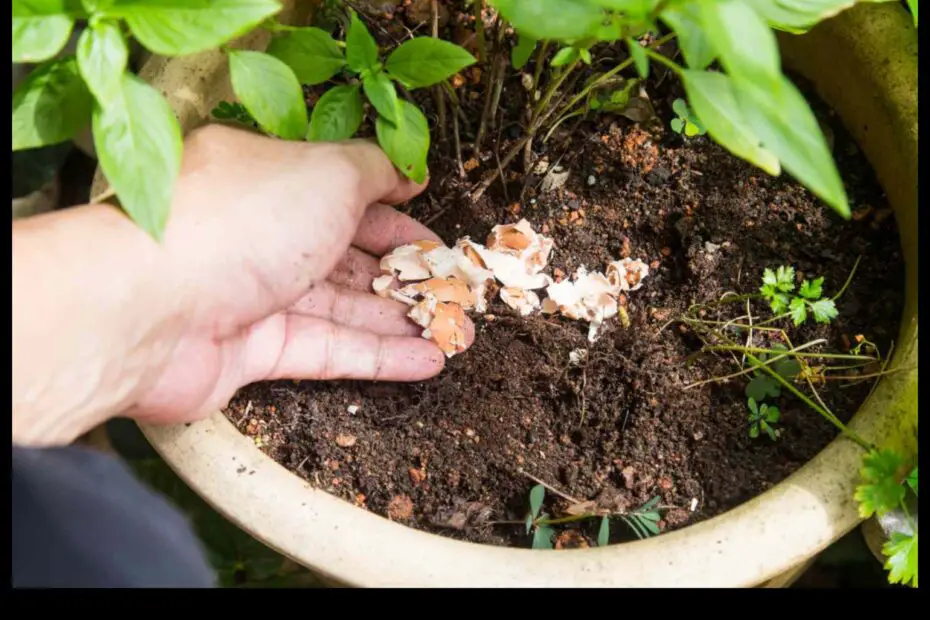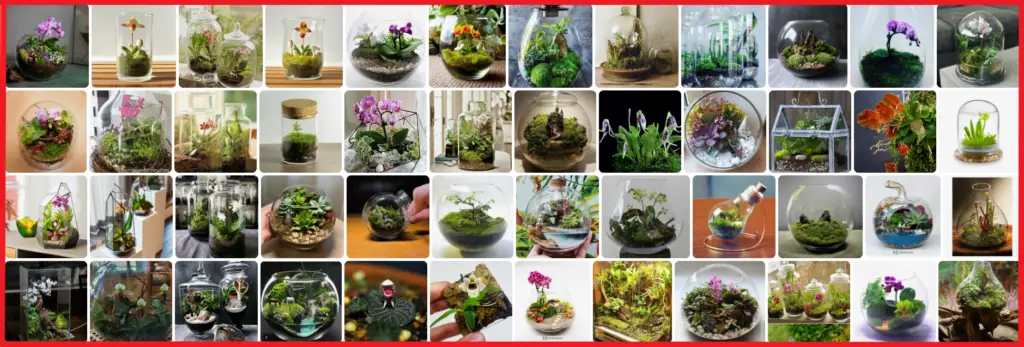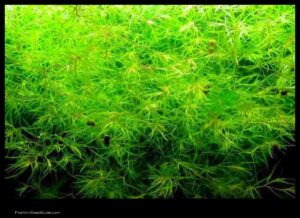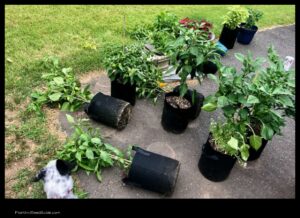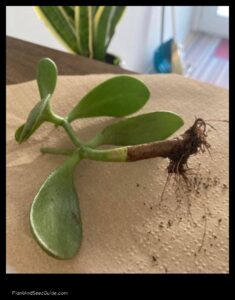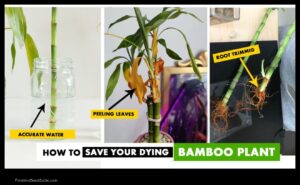
Eggshells are a common household waste product, but did you know that they can also be a valuable resource for your garden? Crushed eggshells can provide a number of benefits for plants, including improving soil drainage, providing calcium, and deterring pests.
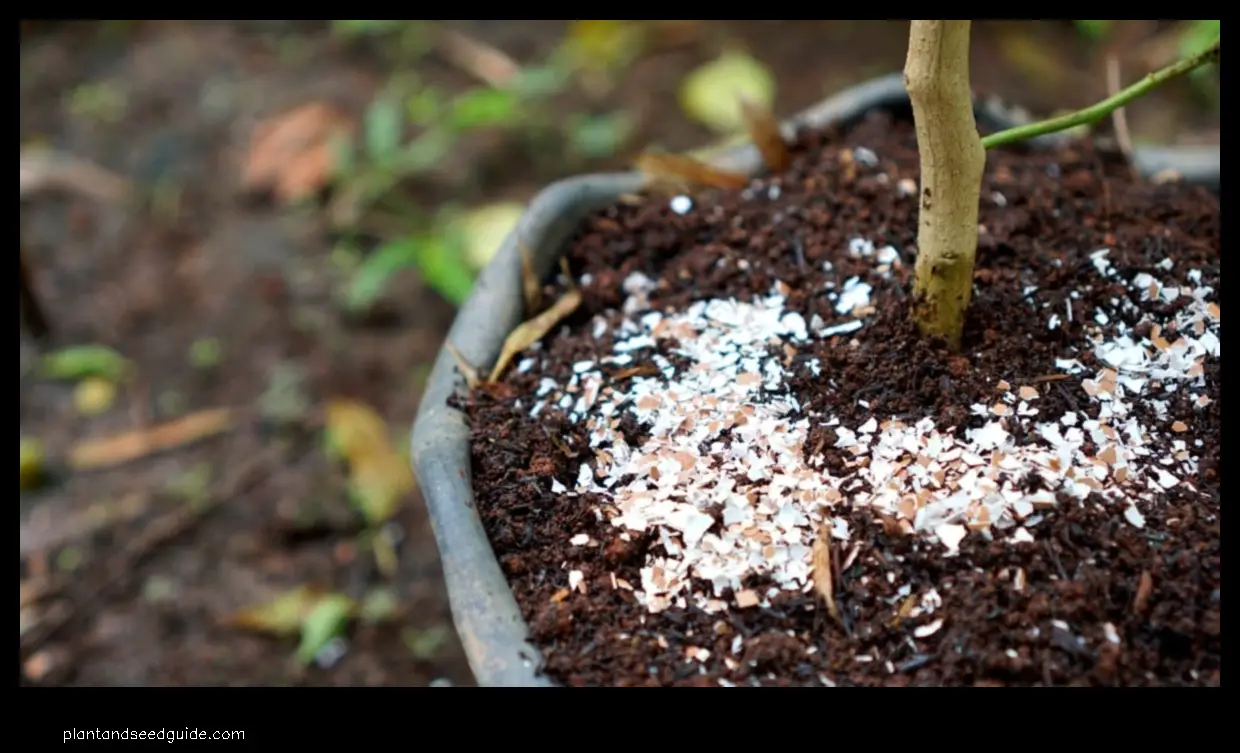
IBenefits of eggshells for plants
Eggshells contain a number of nutrients that can benefit plants, including calcium, phosphorus, and magnesium. Calcium is an essential nutrient for plant growth, and it helps to strengthen cell walls and promote root development. Phosphorus is also essential for plant growth, and it helps to produce energy and DNA. Magnesium is important for photosynthesis and chlorophyll production.
In addition to providing nutrients, eggshells can also help to improve soil drainage. The porous structure of eggshells helps to aerate the soil and allow water to drain more freely. This can help to prevent waterlogging and root rot.
Finally, eggshells can also help to deter pests. The sharp edges of eggshells can discourage animals from digging up plants or eating the leaves.
How to use eggshells for plants
There are a few different ways to use eggshells for plants. You can crush them up and add them to the soil, or you can make a tea out of them.
To crush eggshells, you can use a mortar and pestle, a food processor, or a rolling pin. Once the eggshells are crushed, you can add them to the soil around your plants. You can also make a tea out of eggshells by boiling them in water for 20 minutes. The tea can then be used to water your plants.
How much eggshells to use for plants
The amount of eggshells you use for plants will depend on the size of your plants and the type of soil you have. For small plants, you can use a handful of crushed eggshells. For larger plants, you can use up to a cup of crushed eggshells.
If you have clay soil, you may want to use more eggshells, as they can help to improve drainage. If you have sandy soil, you may want to use fewer eggshells, as they can bind the soil together.
How often to use eggshells for plants
You can use eggshells for plants as often as you like. However, you should avoid using too much eggshells, as this can damage the roots of your plants.
If you are using eggshells as a soil amendment, you can add them to the soil once a year. If you are using eggshells as a tea, you can water your plants with the tea once a month.
VSide effects of eggshells for plants
Using eggshells for plants is generally safe, but there are a few potential side effects to be aware of.
First, if you use too much eggshells, it can damage the roots of your plants. This is because eggshells can bind the soil together and prevent water and nutrients from reaching the roots.
Second, eggshells can contain bacteria. If you are using eggshells as a tea, it is important to make sure that you boil them for at least 20 minutes to kill any bacteria.
Safety precautions for using eggshells for plants
There are a few safety precautions to take when using eggshells for plants.
First, make sure that you wash the eggshells before using them. This will help to remove any bacteria that may be present.
Second, wear gloves when handling eggshells. This will help to protect your hands from the sharp edges of the eggshells.
Third, do not eat eggshells that have been used for plants. The eggshells may contain bacteria that can cause food poisoning.
FAQ
Q: Can I use eggshells for plants that are already growing?
A: Yes, you can use eggshells for plants that are already growing. However, you should avoid using too much eggshells, as this can damage the roots of your plants.
Q: Can I use eggshells for plants that are not growing?
A: Yes, you can use
| Feature | Eggshells |
|---|---|
| Gardening | Can be used as a natural fertilizer, pest repellent, and soil amendment. |
| Plant nutrition | Provide calcium and other nutrients that are essential for plant growth. |
| Soil amendment | Helps to improve the drainage and aeration of soil, making it more conducive to plant growth. |
| Sustainability | A renewable resource that can be used to improve the health of gardens and plants without harming the environment. |
IBenefits of eggshells for plants
Eggshells are a good source of calcium, which is an essential nutrient for plant growth. Calcium helps to strengthen plant cell walls and promote root growth. It can also help to prevent blossom end rot in tomatoes.
In addition to calcium, eggshells also contain other nutrients that are beneficial for plants, including magnesium, phosphorus, and potassium. These nutrients can help to improve plant health and vigor.
Eggshells can also help to improve the drainage of soil and provide aeration for plant roots. This can help to prevent root rot and other diseases.
Overall, eggshells are a safe and effective way to improve the health and growth of your plants.
Benefits of eggshells for plants
Eggshells are a good source of calcium, which is an essential nutrient for plant growth. Calcium helps to strengthen plant cell walls and promote healthy root growth. Eggshells also contain other nutrients, such as magnesium, phosphorus, and potassium, which are all beneficial for plant health.
In addition to providing nutrients, eggshells can also help to improve the drainage and aeration of soil.
Eggshells can also help to attract beneficial insects, such as ladybugs and lacewings, which can help to control pests.This can help to prevent root rot and other soil-borne diseases..
Overall, eggshells are a safe and effective way to improve the health and vigor of your plants. They are a natural and sustainable way to add nutrients to your soil, and they can help to prevent pests and diseases.
How much eggshells to use for plants
The amount of eggshells you use for plants will depend on the size of the plant and the type of soil. For small plants, you can use a handful of eggshells. For larger plants, you can use up to a cup of eggshells.
If you are using eggshells to amend your soil, you can add them at a rate of 10-20% eggshells by volume. For example, if you are adding eggshells to a 1 cubic foot pot of soil, you would add 1-2 cups of eggshells.
It is important to note that eggshells will break down over time, so you will need to add more eggshells to your soil every few months.
How often to use eggshells for plants
You can use eggshells for plants once a month or every few months, depending on the size of your plants and the amount of eggshells you have available. If you have a lot of eggshells, you can use them more often. If you only have a few eggshells, you can use them less often.
It is important to note that eggshells are a slow-release fertilizer, so you do not need to use them very often. If you use them too often, you may end up damaging your plants.
To use eggshells for plants, simply crush them up into a fine powder and sprinkle them around the base of your plants. You can also mix the eggshell powder into your compost pile.
Eggshells are a great way to add calcium and other nutrients to your plants. They are also a natural pest deterrent, so they can help to keep your plants healthy and free from pests.
VSide effects of eggshells for plants
Although eggshells are generally safe for plants, there are a few potential side effects to be aware of.
- Too much eggshells can damage plants. Eggshells are high in calcium, and too much calcium can cause the soil to become alkaline. This can make it difficult for plants to absorb other nutrients, and can eventually lead to plant death.
- Eggshells can attract pests. Eggshells are a good source of calcium for snails and slugs, so they may be attracted to your plants if you use eggshells as a soil amendment.
- Eggshells can harbor bacteria. Eggshells can be contaminated with bacteria, so it is important to wash them thoroughly before using them in your garden.
If you are concerned about the potential side effects of eggshells, you can use them sparingly or avoid using them altogether.
There are many other natural soil amendments that you can use to improve the health of your plants, such as compost, manure, and worm castings..
Safety precautions for using eggshells for plants
When using eggshells for plants, it is important to take precautions to avoid any potential risks. Here are a few safety tips:
- Wash the eggshells thoroughly before using them. This will help to remove any bacteria or other contaminants that may be present.
- Crush the eggshells into a fine powder before using them. This will help to make them more effective as a soil amendment.
- Do not use eggshells that have been treated with pesticides or other chemicals. This could harm your plants.
- Be careful not to inhale eggshell dust. This can irritate the lungs.
- If you have any concerns about using eggshells for plants, talk to your doctor or a gardening expert.
FAQ
Q: What are the benefits of using eggshells for plants?
A: Eggshells can provide a number of benefits for plants, including:
- They can help to improve soil drainage and aeration.
- They can provide calcium and other nutrients that are essential for plant growth.
- They can help to deter pests and diseases.
Q: How do I use eggshells for plants?
A: There are a few different ways to use eggshells for plants, including:
- You can crush the eggshells and add them to the soil around your plants.
- You can make a tea out of eggshells and water and then use the tea to water your plants.
- You can place eggshells in the bottom of pots or planters to help improve drainage.
Q: How much eggshells should I use for plants?
A: The amount of eggshells you use for plants will depend on the size of your plants and the type of soil you have. Generally, you will want to use about 1/2 cup of crushed eggshells per 5 gallons of soil.
Q: How often should I use eggshells for plants?
A: You can use eggshells for plants as often as you like, but you should avoid using too much eggshells at once. Too much eggshells can actually damage plants by making the soil too alkaline.
Q: What are the side effects of using eggshells for plants?
A: The only side effect of using eggshells for plants is that they can make the soil too alkaline. If you use too much eggshells, your plants may start to show signs of nutrient deficiency, such as yellowing leaves or stunted growth.
Q: What safety precautions should I take when using eggshells for plants?
A: When using eggshells for plants, you should take the following safety precautions:
- Wear gloves to protect your hands from the sharp edges of the eggshells.
- Wash your hands thoroughly after handling eggshells.
- Do not eat eggshells that have been used for plants.
Conclusion
In conclusion, crushed eggshells can be a beneficial addition to your garden. They can provide a number of nutrients to your plants, help to improve drainage, and deter pests. However, it is important to use them in moderation and to avoid using them on plants that are sensitive to calcium.
If you are looking for a natural way to improve the health of your plants, crushed eggshells are a great option. They are easy to use and provide a number of benefits.
Here are some additional resources that you may find helpful:
- How to Use Crushed Eggshells for Plants
- Eggshells for Gardening: Benefits and Uses
- Using Eggshells in the Garden
FAQ
Q: What are the benefits of eggshells for plants?
A: Eggshells contain calcium, which is an essential nutrient for plant growth. Calcium helps to strengthen plant cell walls and promotes root growth. Eggshells also contain magnesium, which is another important nutrient for plant growth. Magnesium helps to regulate photosynthesis and protein synthesis.
Q: How to use eggshells for plants?
A: There are a few different ways to use eggshells for plants. You can crush the eggshells and add them to the soil, or you can make a tea out of eggshells and water and then pour the tea over the plants. You can also use eggshells as a mulch around plants.
Q: How much eggshells to use for plants?
A: The amount of eggshells you use for plants will depend on the size of the plants and the type of soil. For small plants, you can use a handful of crushed eggshells. For larger plants, you can use up to a cup of crushed eggshells.
- Wild Rose Country: Exploring Untamed Beauty - July 15, 2024
- Wildflower Nursery Decor: Bringing Nature Indoors - July 15, 2024
- Young Sprout of Grass: Nurturing New Life - July 15, 2024
